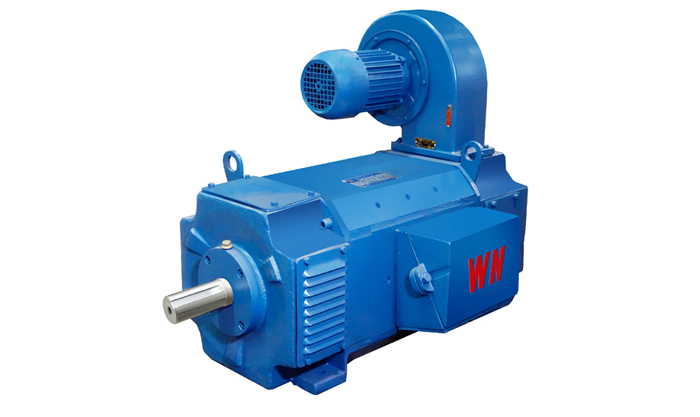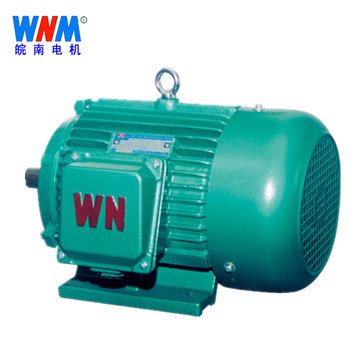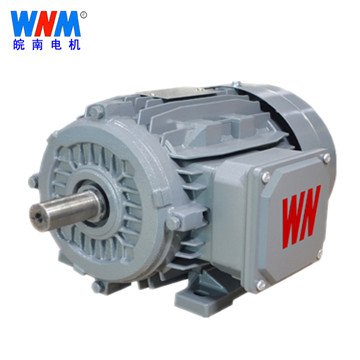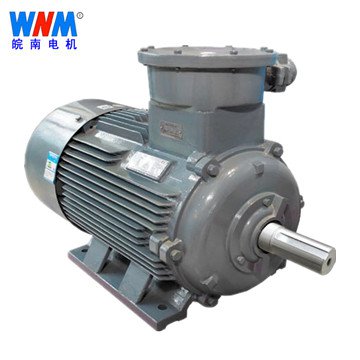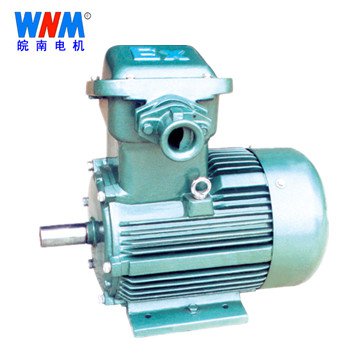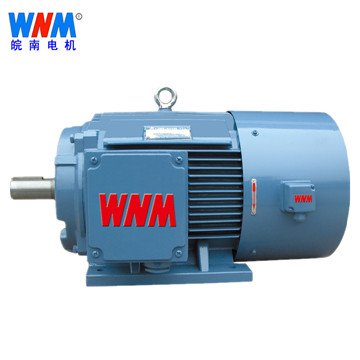Comparison of high voltage motor and the advantages and disadvantages of low voltage motor
High voltage motors and low voltage motors have their advantages and disadvantages, then their advantages and disadvantages are reflected in what areas?
High voltage motor compared with the low voltage motor, has the following advantages:
1, motor power can be bigger, the maximum can reach thousands or even several million kilowatts. This is because, in the same output power, current high voltage motor than low voltage motor current is much smaller. For example: 500KW, the rated current of the three-phase AC motor 4 at rated voltage of 380V is about 900A, and the rated voltage of 10KV is about 30A. So high field motor windings can use smaller wire diameter. Thus, the stator copper loss of high-voltage motor will be worse than low click on the small. For large motor power, the use of low-voltage power, due to thicker wire to a larger area of the stator slot, the stator core diameter is large, the volume of the motor will be great;
2, for the large capacity motor, using the high voltage motor power supply and distribution equipment to be less than the overall investment and low voltage motor, low line loss, power consumption can save a certain amount of. Especially in high voltage motor 10KV, can be used directly to the power supply. So, the power equipment investment will become less, and it is simple, the failure rate will be smaller.
Compared with the low voltage motor and high pressure motor, its disadvantages are:
1, the relatively high cost of winding, insulating material costs related to get high;
2, on the use of environmental requirements than the requirements of the environment to the high voltage motor;
3, insulation treatment is more difficult, more time and cost, long cycle motor manufacturing.
